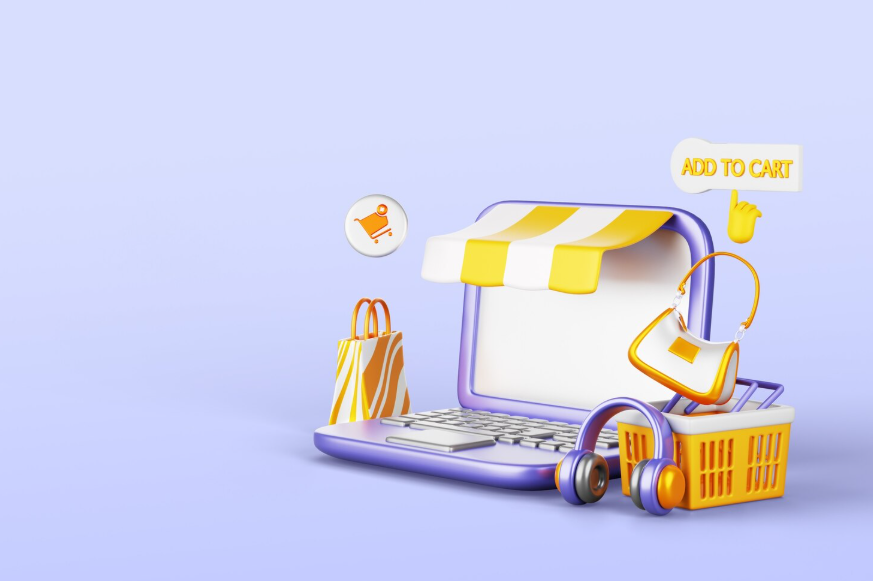Introduction
The Philippine e-commerce 3PL market is expanding rapidly. Online shoppers now expect their orders within two days in Metro Manila and within five days in many provinces, yet only 28% of municipalities currently enjoy same-day or next-day delivery service.
To overcome this, businesses are increasingly relying on a full-service e-commerce 3PL partner to manage everything from sourcing and importation to warehousing, delivery, and returns. In this fast-growing landscape, e-commerce 3PL providers have become the backbone of reliable order fulfillment, offering the tools and networks needed to support growth at scale.
E-commerce 3PL and the Philippine Sourcing Landscape
As businesses scale, sourcing complexity often grows. Working with multiple suppliers—domestic and international—requires coordination across customs, ports, and warehouses. This is where e-commerce 3PL support becomes essential.
- Streamlining Supplier Integration and Inbound Logistics
A good e-commerce 3PL service integrates seamlessly with supplier networks. They coordinate inbound shipments, track container statuses, and receive goods efficiently. For example, many 3PLs in the Philippines now offer pre-clearance checks and direct vendor-to-warehouse delivery to eliminate manual handoffs and delays.
- Overcoming Customs and Importation Challenges with E-commerce 3PL
Many small to medium e-commerce businesses struggle with customs documentation, especially for bulk shipments. A third-party logistics partner often manages the compliance side—handling HS code classification, duties, and tax documentation. By using bonded warehouses or collaborating with customs brokers, e-commerce 3PL services reduce importation friction significantly.
E-commerce 3PL Warehousing: Optimizing Storage and Inventory Management
Once products enter the country, efficient warehousing becomes the next critical step. A strong e-commerce 3PL provider offers scalable warehousing, which adapts to order volume fluctuations.
- Real-Time Inventory Visibility and Order Processing
Many 3PLs now offer cloud-based inventory dashboards that update in real time. These tools show stock movement, flag low inventory, and sync directly with storefronts like Shopee and Lazada. This avoids overselling and ensures smoother order processing, especially during sale events or viral spikes.
- Flexible Storage Solutions for Fluctuating Demand
Philippine brands often face seasonal or event-driven sales spikes. E-commerce 3PL warehousing systems provide short-term overflow space and temperature-controlled units for items like cosmetics or food products. This elasticity in storage helps brands avoid paying for unused warehouse space while meeting demand when it peaks.
E-commerce 3PL in Order Fulfillment: From Picking to Packing
As soon as an order is placed, every step from picking to delivery must run without friction. E-commerce 3PL providers ensure this flow is smooth by leveraging automation, trained teams, and digital systems.
- Automated Fulfillment Workflows for Speed and Accuracy
Modern 3PL facilities now use barcode scanning, automated sorting systems, and batch picking to handle hundreds of orders per hour. Each step is logged to reduce packing errors, ensuring speed without compromising accuracy.
- Handling Returns and Reverse Logistics Efficiently
Returns are a key part of the e-commerce experience. In the Philippines, returns are often due to wrong sizes or buyer’s remorse. A reliable e-commerce 3PL service offers trackable return processes—ensuring items are scanned back into inventory, assessed for resale, or flagged for disposal. Some also handle customer refunds through payment partners.
- E-commerce 3PL and Last-Mile Delivery Across the Archipelago
Once orders are packed, the real challenge begins—navigating an archipelago with thousands of islands and mixed infrastructure.
- Navigating Inter-Island and Urban Delivery Complexities
Traffic congestion in Metro Manila, ferry delays between islands, and remote provincial locations all affect delivery speed. E-commerce 3PL companies mitigate this using route optimization software and multiple courier partnerships—balancing cost and delivery promise.
- Leveraging Regional Hubs for Faster Customer Reach
Strategically placed micro-warehouses in Cebu, Davao, and Iloilo now allow faster fulfillment outside Luzon. By storing frequently ordered items closer to customers, 3PLs reduce shipping delays and courier costs. This model also improves customer satisfaction through faster delivery windows. A study by Frost & Sullivan noted that companies using regional fulfillment hubs in Southeast Asia saw an improvement in last-mile efficiency.
But logistics isn’t just about moving goods from one point to another. Behind the scenes, smart systems and connected tools are quietly doing the heavy lifting powering the real-time decisions that make modern fulfillment possible.
The Backbone of Modern E-commerce 3PL
It’s not just physical movement—e-commerce 3PL providers also rely heavily on integrated software systems that unify sourcing, inventory, orders, and transportation. Most 3PLs now use ERP-style dashboards that sync warehouse data with online sales. This allows operations managers to track shipments, forecast stock needs, and trigger reordering when thresholds are met.
With enough historical data, e-commerce 3PL partners help brands forecast high-demand periods like payday weekends, 11.11, and 12.12. They also shift staff and storage resources proactively—so delays are minimized even during demand surges.
Conclusion
As the Philippine digital economy grows, logistics efficiency will remain a competitive differentiator. From sourcing to delivery, e-commerce 3PL services empower online brands to scale responsibly, serve customers better, and reduce operational risks.
H3: Key Takeaways for Scaling with E-commerce 3PL Partners
- E-commerce in the Philippines is logistics-dependent due to geography and infrastructure gaps.
- E-commerce 3PL enables brands to centralize warehousing, automate fulfillment, and scale delivery across the archipelago.
- Integration with tech platforms helps reduce human error and inventory waste.
Expect increased use of micro-fulfillment centers, drone delivery pilots, and AI route planning. Sustainability initiatives—like electric delivery fleets and recycled packaging are also gaining momentum among forward-looking e-commerce 3PL providers.

